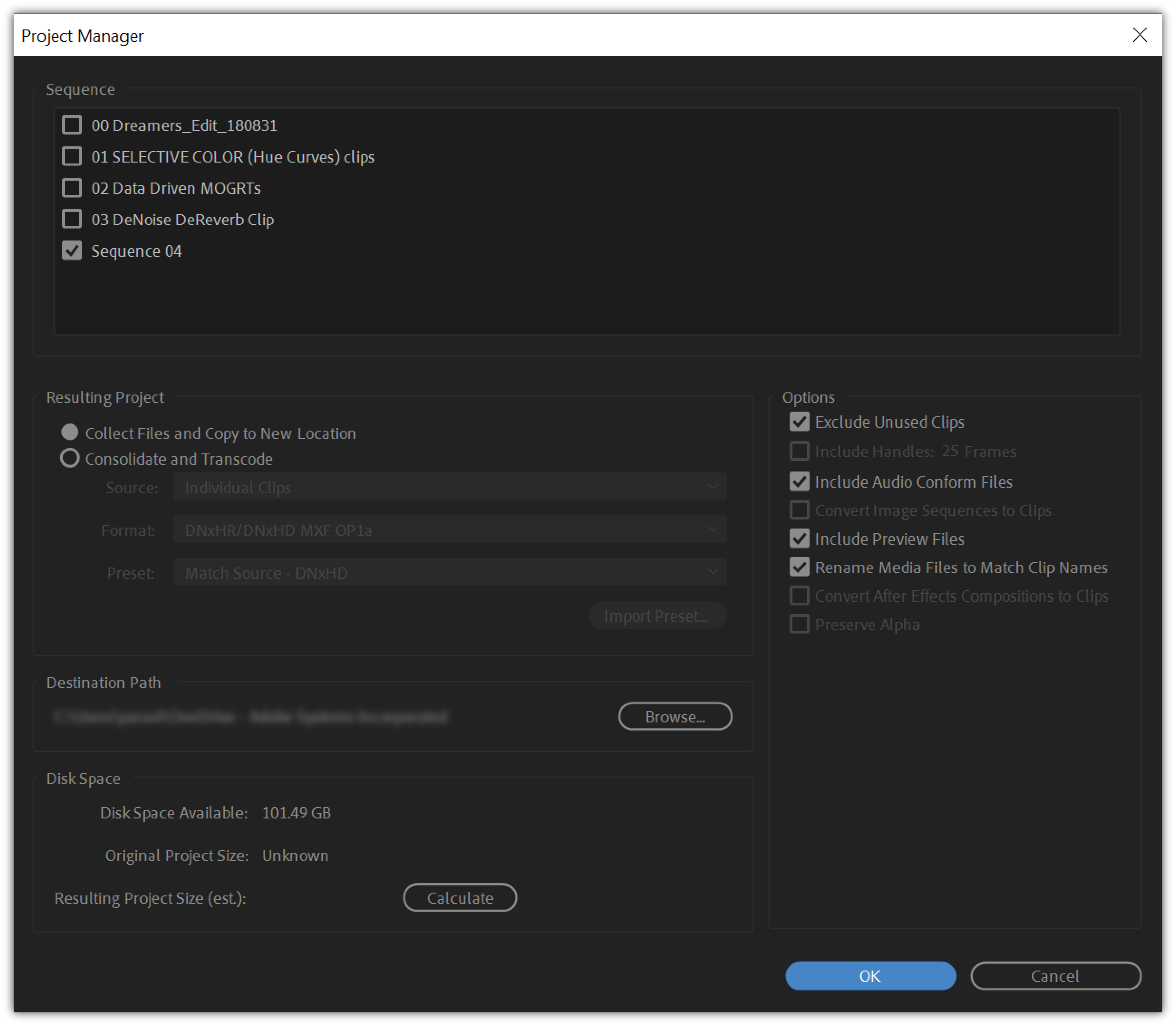

Web Scraping with Python: Building Your First Spider with Beautiful Soup Now that we understand the basics, it’s time to start building our scraper using Python, Request, and Beautiful Soup.
#Webscraper package python code
So the code above selects all elements with the class how-it-section-heading. In this example, we used the class=”how-it-section-heading” to style the heading of the section. When we write CSS, we add classes and IDs to our HTML elements and then use selectors to style them. The beauty of CSS is that we can use CSS selectors to help our Python scraper identify elements within a page and extract them for us. In other words, it tells the browser how the content specified in the HTML document should look when rendered.īut why do we care about the aesthetics of the site when scraping? Well, we really don’t. CSSĬascading Style Sheets (CSS) is a language used to style HTML elements. Note: for a complete list, check W3bschool’s HTML tag list. This tag is used alongside an href property that contains the target URL of the link a – tells the browser the text or element is a link to another page.p – tells the browser the content is a paragraph.Divs are mostly used to organize the page’s content div – it specifies an area or section on a page.It is important because when scraping a site, we’ll be using its HTML tags to find the bits of information we want to extract. In the image above, we can see that the title text is inside of a tag which is inside of a div inside a div. Something else to notice is that all tags are nested inside other tags. The entire document will begin and end wrapped between tags, we’ll find the tags with the metadata of the page, and the tags where all the content is – thus, making it our main target. If we go to our homepage and press ctrl/command + shift + c to access the inspector tool, we’ll be able to see the HTML source code of the page.Īlthough the HTML code can look very different from website to website, the basic structure remains the same.

#Webscraper package python how to
This markup language uses tags to tell the browser how to display the content when we access a URL. HyperText Markup Language (HTML) is the foundation of the web. Most modern web pages can be broken down into two main building blocks, HTML and CSS. Understanding Page Structureīefore we can begin to code our web scraper, let’s first look at the components of a typical page’s structure. In order to begin extracting data from the web with a scraper, it’s first helpful to understand how web pages are typically structured. Parse the downloaded information to identify and extract the information we needĪll web scrapers, at their core, follow this same logic.Request the source code/content of a page to a server.Web scraping can be divided into a few steps:

In this article, we’re going to build a simple Python scraper using Requests and Beautiful Soup to collect job listings from Indeed and formatting them into a CSV file.īut first, let’s explore the components we’ll need to build a web scraper. So if you’re interested in gathering huge data sets and then manipulating and analyzing them, Python is exactly what you’re looking for. What makes it an even more viable choice is that Python has become the go-to language for data analysis, resulting in a plethora of frameworks and tools for data manipulation that give you more power to process the scraped data. Python is one of the easiest programming languages to learn and read, thanks to its English-like syntax.īecause of Python’s popularity, there are a lot of different frameworks, tutorials, resources, and communities available to keep improving your craft. Web scraping with Python is a powerful way to obtain data that can then be analyzed.


 0 kommentar(er)
0 kommentar(er)
